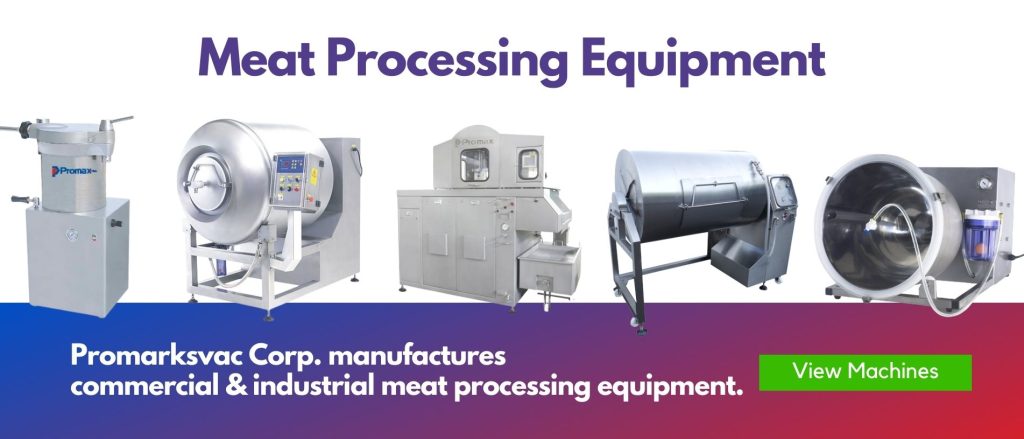In an era where sustainability is at the forefront of global concerns, industries are seeking innovative solutions to reduce their environmental footprint. This quest for greener practices has led to the integration of advanced technologies, and one such game-changer is industrial vacuum processing equipment. In this comprehensive exploration, we delve into how industrial vacuum technology is revolutionizing manufacturing by enhancing sustainability through reduced waste, improved energy efficiency, and a lower overall environmental impact.
1. Waste Reduction: A Paradigm Shift
The Challenge: Traditional manufacturing processes often generate significant amounts of waste, ranging from by-products to excess materials. Disposing of this waste not only incurs additional costs but also poses environmental challenges.
The Solution: Industrial vacuum processing equipment is designed to optimize material usage and minimize waste generation. Through precise control and automation, these systems enable manufacturers to extract maximum value from raw materials, significantly reducing the volume of waste produced. By streamlining processes, businesses can contribute to a more sustainable and eco-friendly manufacturing ecosystem.
2. Energy Efficiency: Powering the Future Responsibly
The Challenge: Energy consumption in manufacturing has long been a concern due to its environmental impact and associated costs. Traditional processing methods often require substantial energy inputs, contributing to carbon emissions.
The Solution: Industrial vacuum technology champions energy efficiency by design. Vacuum processing equipment utilizes advanced systems that optimize energy consumption, ensuring that power is only utilized when necessary. By minimizing energy wastage during production cycles, manufacturers can lower their carbon footprint and, simultaneously, operational costs.
3. Lower Environmental Impact: A Greener Tomorrow
The Challenge: Manufacturing activities can have wide-ranging environmental implications, from air and water pollution to the depletion of natural resources. Sustainable alternatives are imperative to mitigate these adverse effects.
The Solution: Industrial vacuum technology promotes a cleaner and more environmentally friendly manufacturing process. By employing vacuum systems, manufacturers can reduce emissions, control pollutants, and limit the use of harmful chemicals. Additionally, the efficient use of resources minimizes the overall environmental impact, contributing to a greener and more sustainable future.
4. Case Studies: Success Stories in Sustainable Manufacturing
Example 1: Explore a case study where a manufacturing facility implemented industrial vacuum technology, resulting in a significant reduction in waste production and energy consumption. Highlight the positive environmental impact and cost savings achieved.
Example 2: Examine how a company transitioned from traditional processing methods to vacuum processing equipment, showcasing tangible improvements in sustainability metrics, such as reduced carbon emissions and water usage.
Conclusion: Paving the Way for Sustainable Manufacturing
As the global emphasis on sustainability continues to grow, industrial vacuum technology emerges as a beacon of hope for manufacturers striving to align with eco-friendly practices. By significantly reducing waste, improving energy efficiency, and minimizing environmental impact, vacuum processing equipment is not just a technological upgrade but a catalyst for transformative change in the manufacturing landscape. Embracing these innovations not only benefits businesses but also contributes to a more sustainable and resilient future for our planet. In the pursuit of cleaner and greener manufacturing, industrial vacuum technology stands as a testament to the power of innovation in harmony with environmental stewardship.
